Details
Sony Alpha 7S III (ILCE-7SM3)
Almost five years after the Alpha 7S II, Sony is launching its successor: the Alpha 7S III has an improved 12-megapixel sensor, records 4K at 120p and is said to achieve exceptional results in low-light photography thanks to its large pixels.
Like the Alpha 7S II, the sensor of the Alpha 7S III has a resolution of 12 megapixels, but is now backside exposed
At the heart of the new Alpha is a 12-megapixel full-frame sensor, which has been improved compared to the Alpha 7S II. {It now uses a rear-side exposure (BSI) design, which allows more light to be captured and enables better results in low-light photography. The maximum sensitivity is still ISO 409,600 (expandable downwards to ISO 40). The sensor is supported by the new BIONZ-XR processor, which is said to have eight times the computing power of the previous image processor.
The Sony also breaks new ground in terms of operation: for the first time in the Alpha 7 series, a fully movable monitor (3.0 inch, 1.44 million dots) has been installed, which now also allows touch operation of the menus. The structure of the menus has also been completely revised; among other things, only the relevant entries are available in photo and video mode for a better overview. The OLED viewfinder achieves a record resolution of 9.44 million dots and a magnification of 0.9x. The size of the image can also be reduced so that people who wear glasses can see the entire image.
4K with 120p
One focus of the camera is video recording. Unlike Canon on the EOS R5, Sony does not rely on 8K for video, but continues to use 4K, which is said to achieve the best results to date on an Alpha camera. The 12 MP resolution of the sensor enables a full-pixel readout without pixel binning and without cropping up to 4K/60p.
The recording limit in this setting is said to be one hour without overheating - the EOS R5 only manages 30 minutes at a time at 4K/60p. Video recording on the Alpha 7S III is limited to this length in 4K/120p mode - incidentally, a slight crop (1.1x) is also applied here.
The monitor can be swiveled, and the grip and controls have become larger - as with other cameras of the third Alpha generation.
The Alpha 7S III even records in Full HD at up to 240p. Lower frame rates of up to 1p can also be selected in S&Q mode for time-lapse recordings. Recordings are made internally with a color subsampling of 4:2:2 and a color depth of 10 bits. New codecs are available: XAVC-S-I records single images (All-I) with a data rate of up to 500 Mbits/s, XAVC-HS reduces the data volume during image group compression to 200 Mbits/s thanks to H.265 compression. The camera can even output 4K/60p as 16-bit raw files (ProRes Raw) to an Atomos recorder via HDMI 2.1.
Of course, a logarithmic gamma profile is also available (S-Log 2/3), which should enable a dynamic range of over 15 f-stops; the sensitivity here starts at ISO 640 (extended: ISO 160). According to Sony, the rolling shutter effect has been significantly minimized.
The Alpha 7S III is equipped with a 5-axis image stabilizer in the body, which achieves an effectiveness of 5.5 f-stops measured according to the CIPA standard; in video mode, digital stabilization (Active Mode) is also used, which also uses a gyro sensor. The information from this gyro sensor can also be stored in the video metadata so that it can be used for digital stabilization in post-production.
Fast autofocus and 10 fps
The hybrid autofocus covers 92% of the image sensor and uses 759 points with phase detection and 425 with contrast AF. In addition to human eyes, the AF algorithms now also recognize animal eyes - according to Sony even at greater distances than before.
The AF sensitivity goes down to -6 EV. The camera shoots series at up to 10 fps. The mechanical shutter is designed for 1/8000 s. {For the first time, the Alpha 7S III uses two memory card drives that can use both SD cards (UHS-II) and the new CFexpress type A cards. These are smaller than type B cards and faster than SD cards. SD cards of video classes V60 and V90 are sufficient for most video modes; CFexpress is only required in S&Q mode with 4:2:2 color subsampling and 10-bit color depth. The series mode also benefits from the faster cards; 1000 uncompressed raw shots in a row should be possible here.
A Z battery is used for the power supply, which can be charged via USB-C and provides power for 600 photos or 95 minutes of video. A continuous power supply via USB is also possible.
Sony FE 24-70mm f2.8 GM II
The Sony SEL2470GM2 full-frame lens is a lightweight lens with a wide aperture, superior image quality and improved operability for stills and movies. It offers advanced optical design, two XA elements (extreme aspherical element) for incredibly high resolution across the entire image area and beautiful background blur (bokeh). Four XD (Extreme Dynamic) linear motors ensure fast and quiet autofocus and precise tracking in this powerful and lightweight Sony G Master lens.
The SEL2470GM2 is also an excellent lens for video recording and offers continuously precise and fast autofocus performance for videographers with minimized focus breathing as well as focus and axis shift when Zooming for outstanding shots.
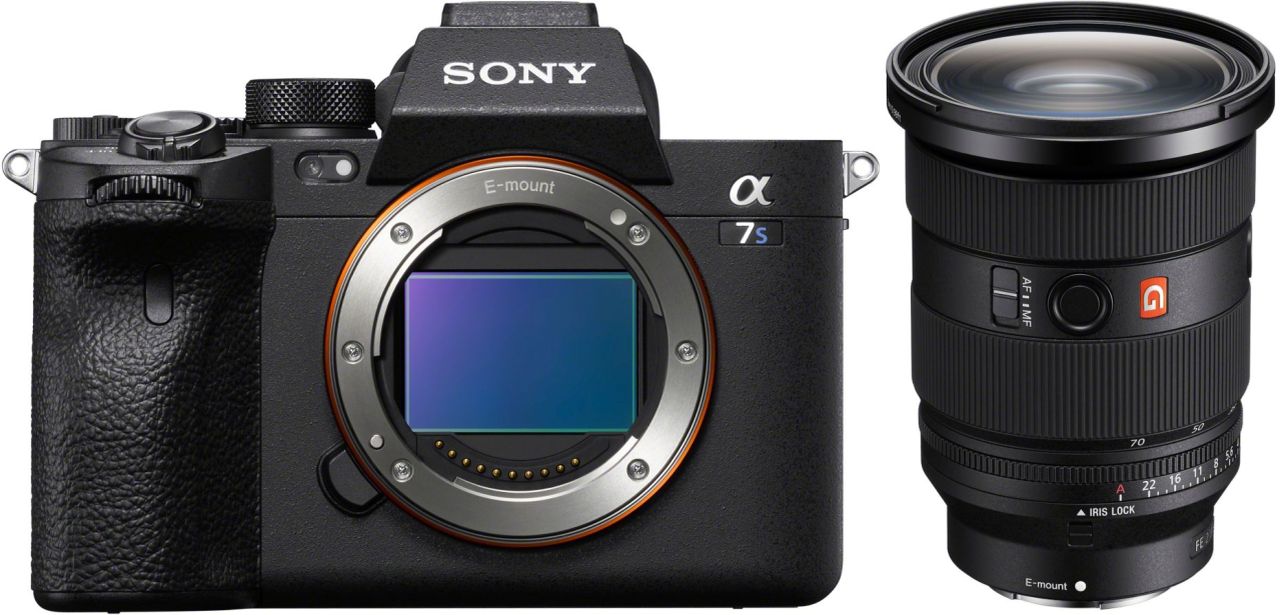
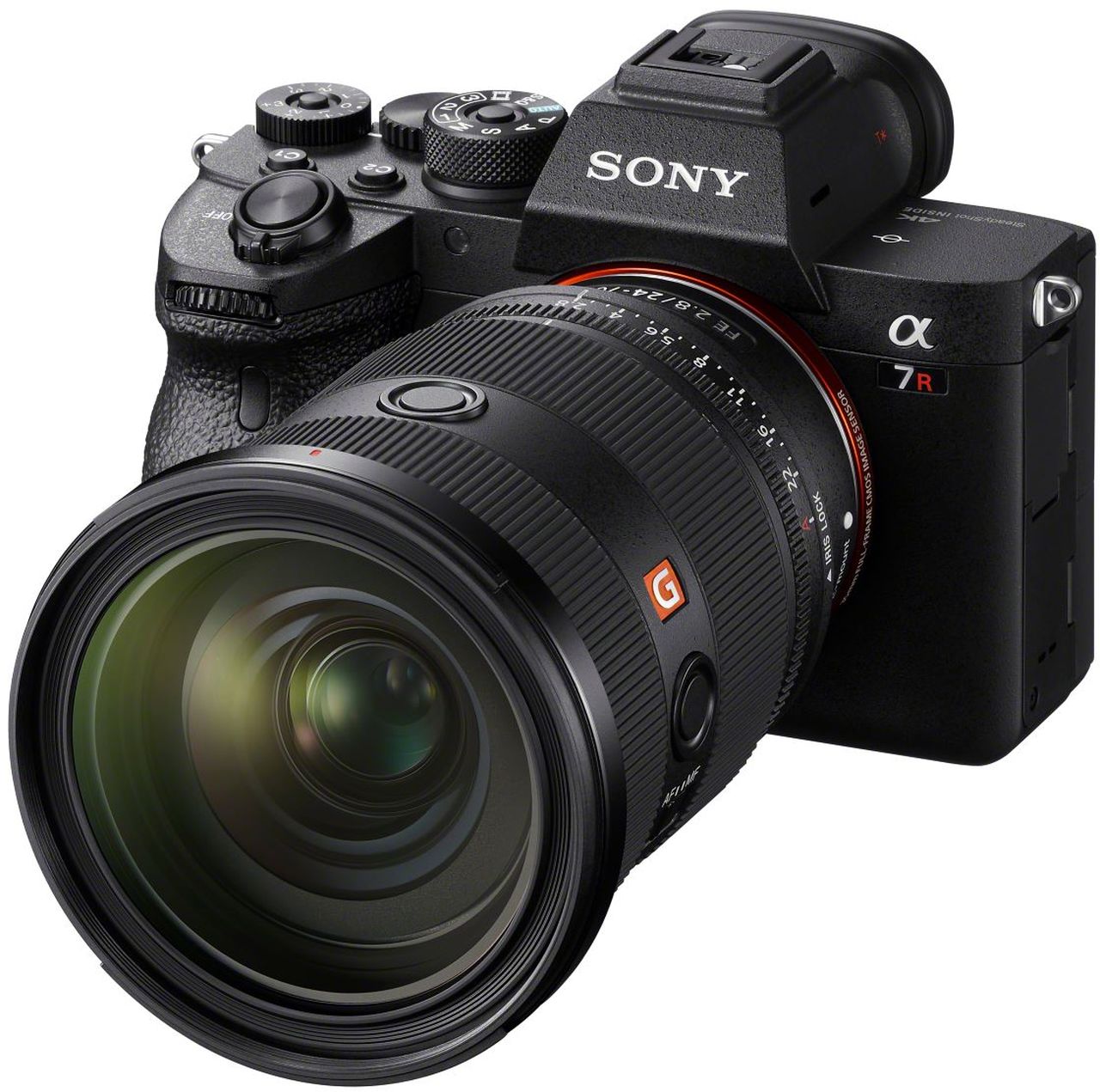
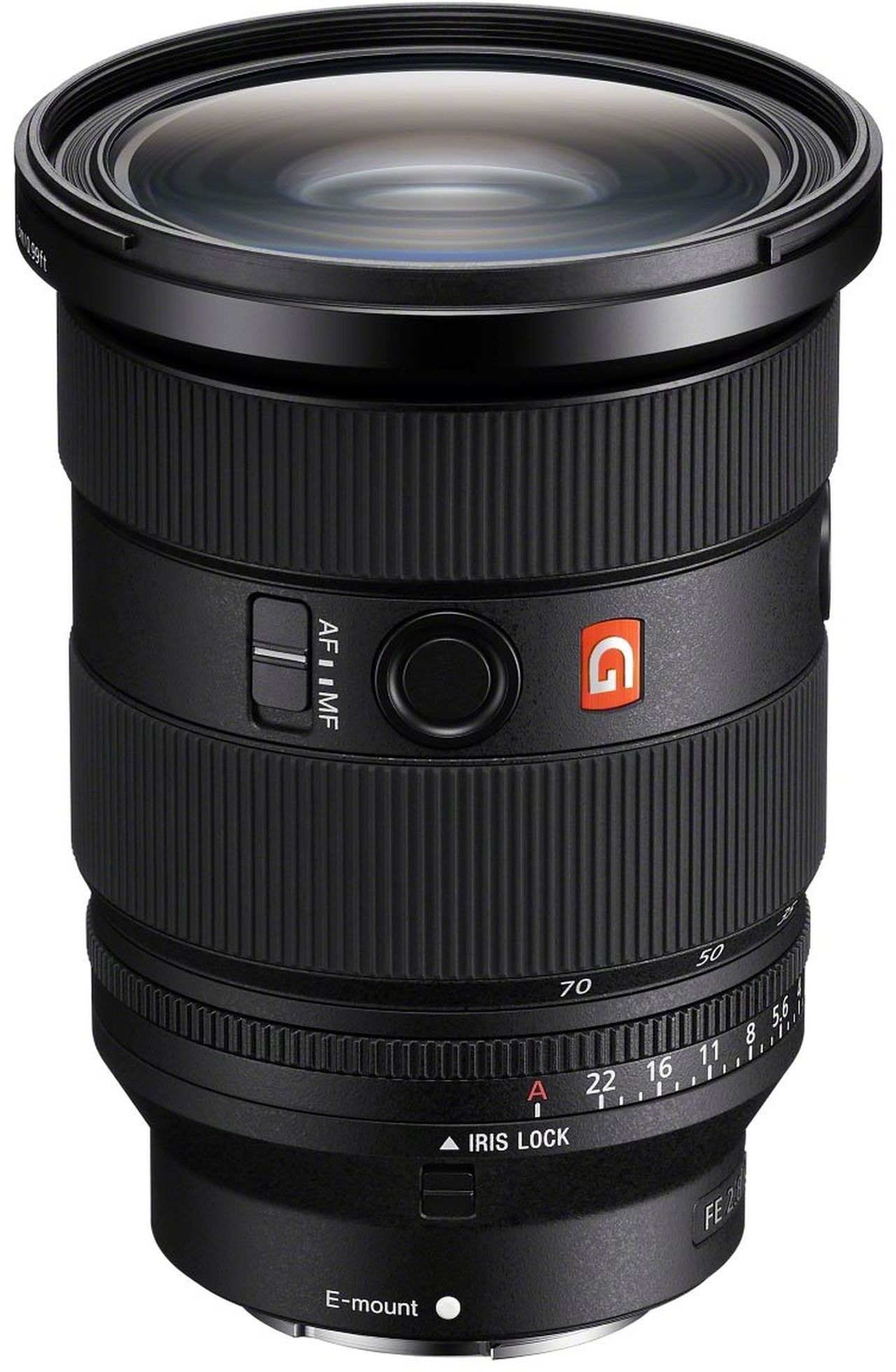

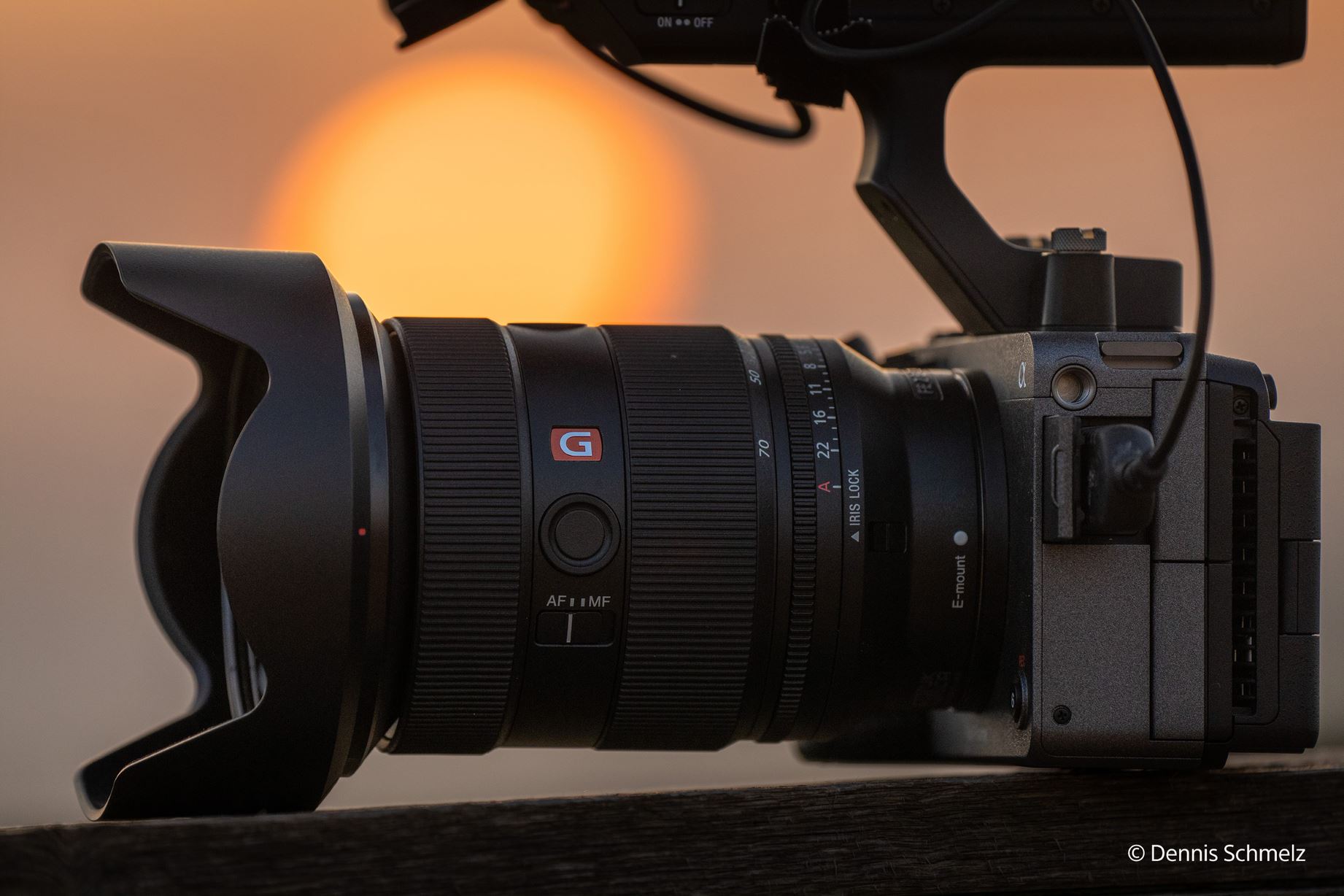
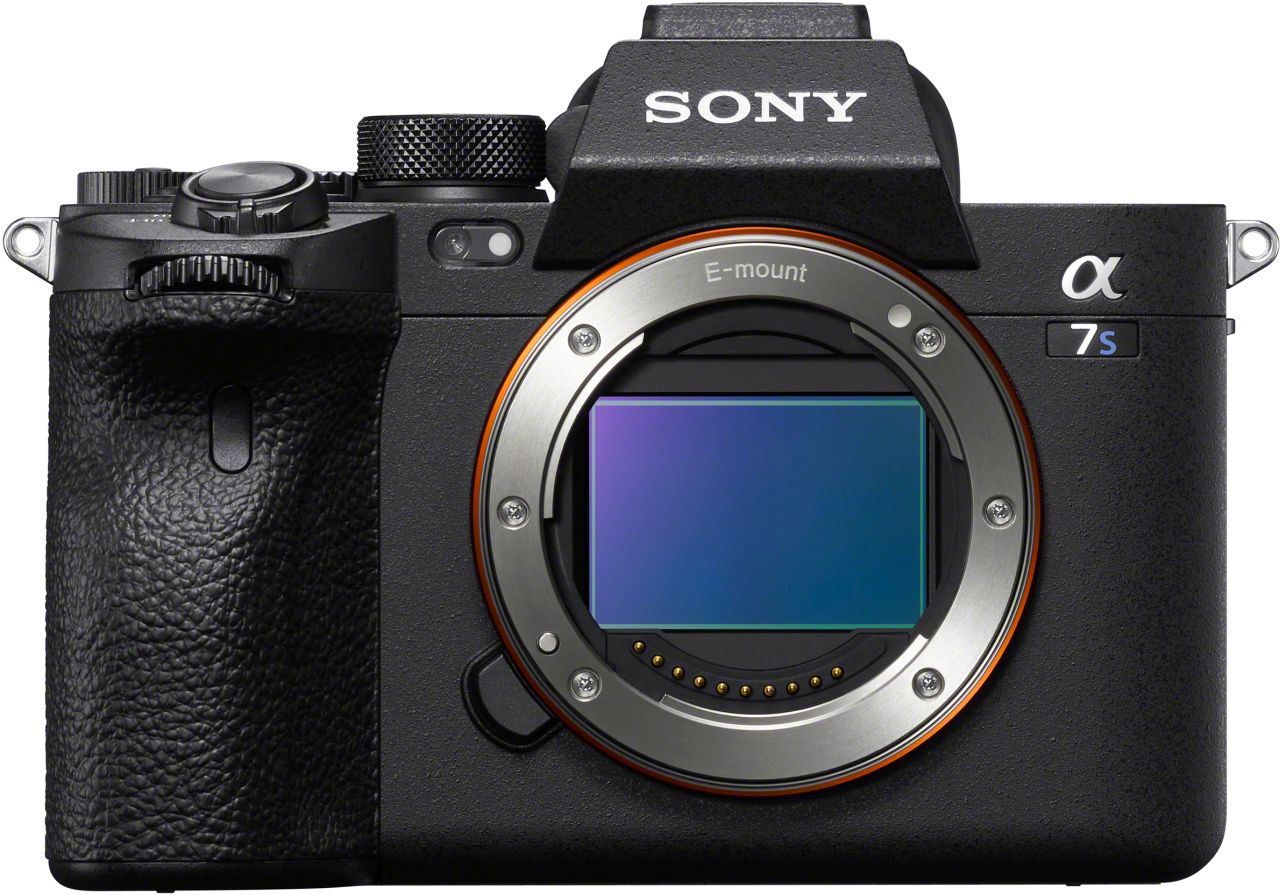
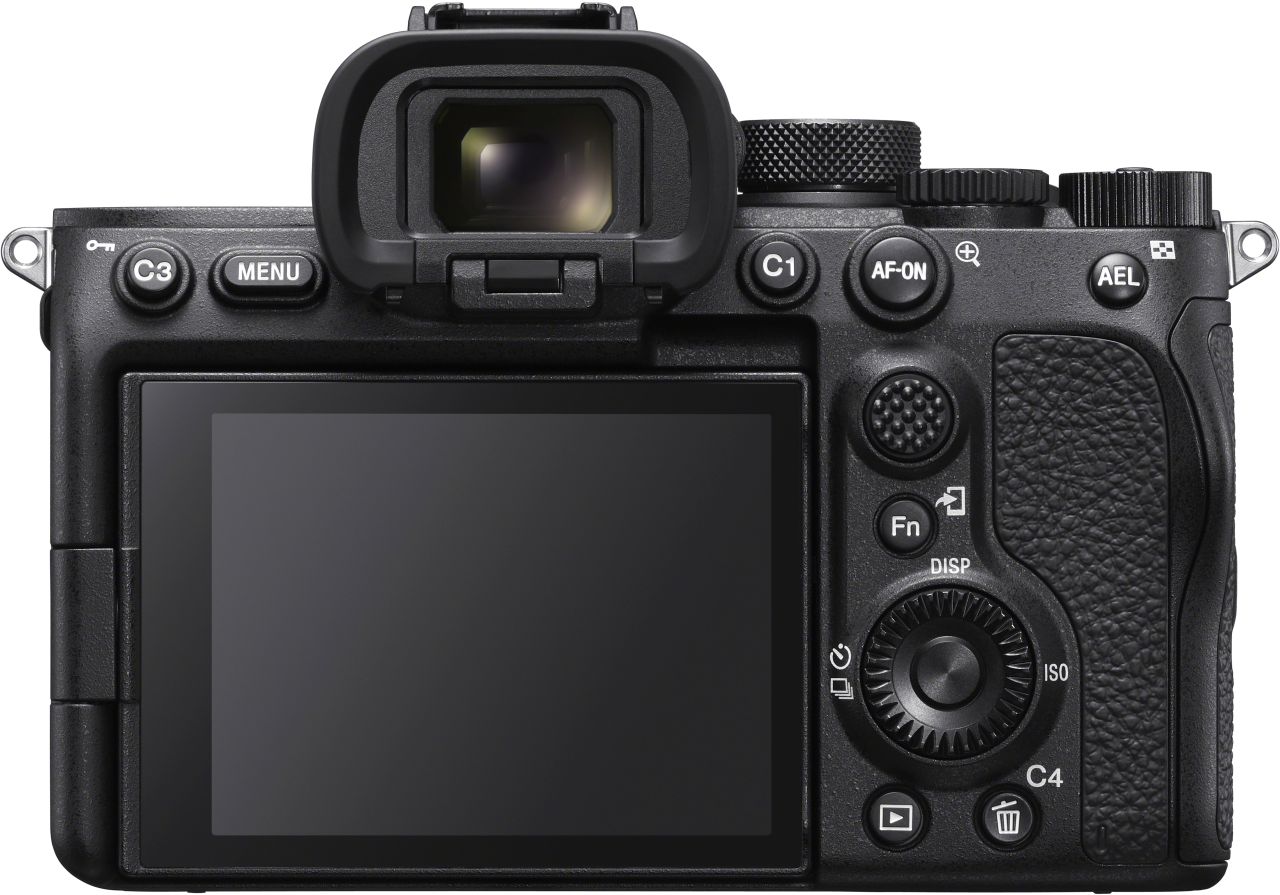

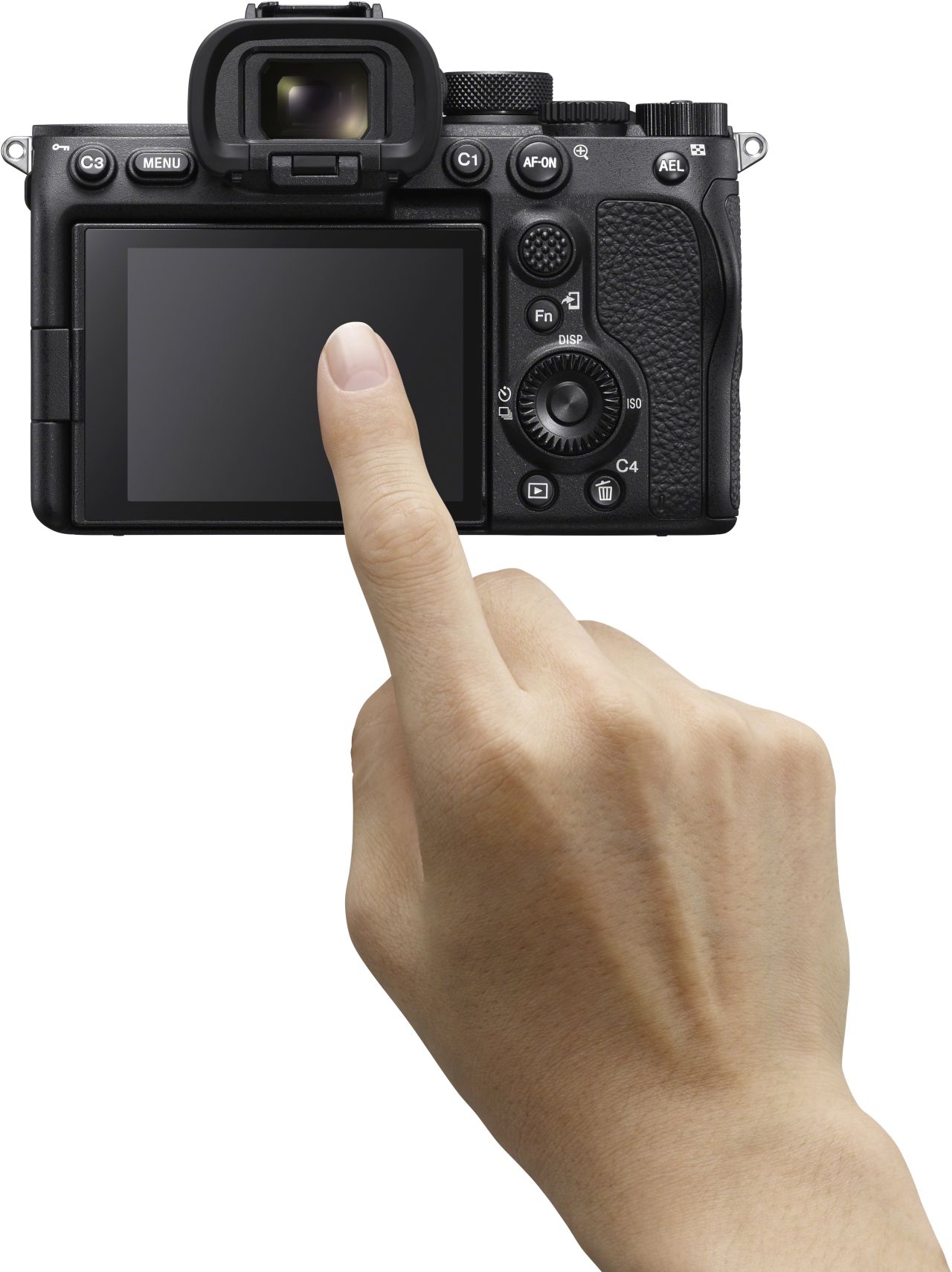
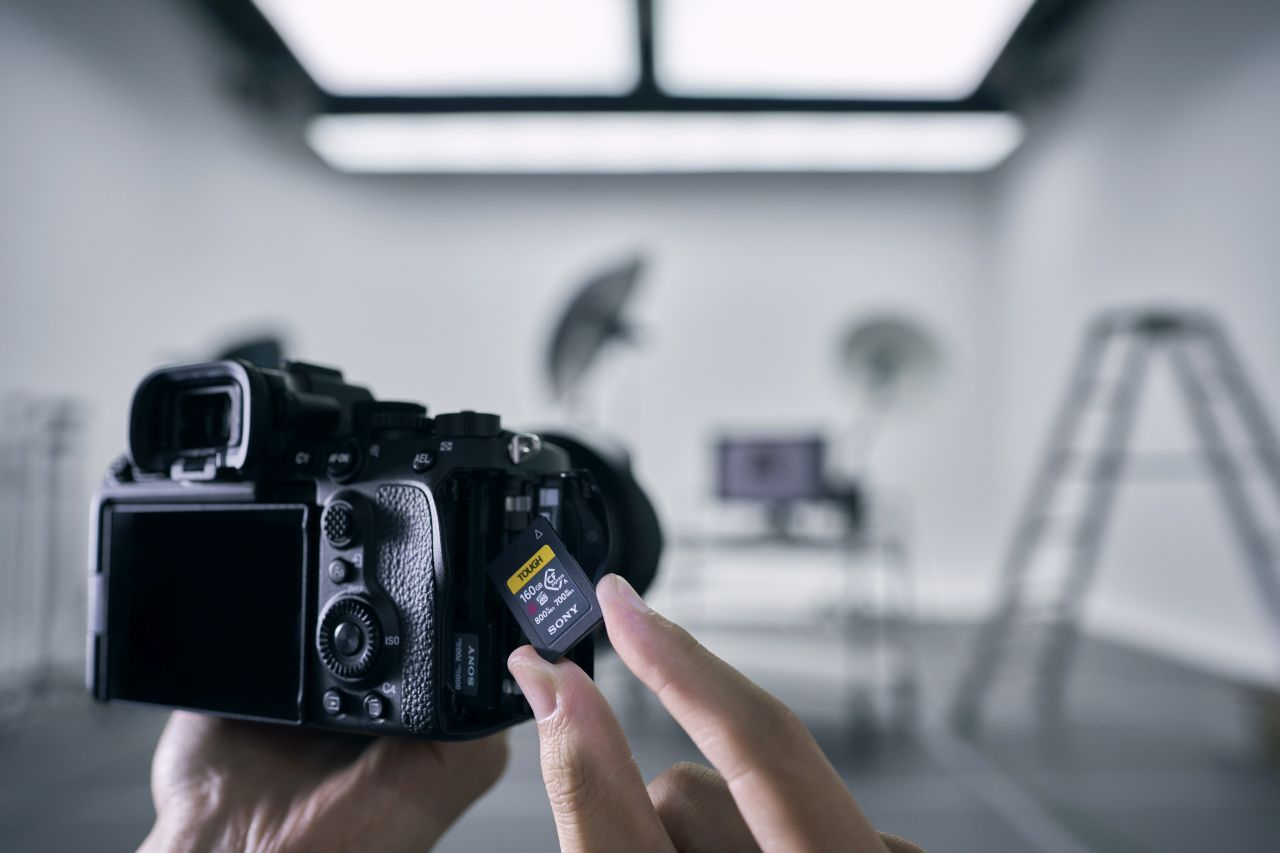
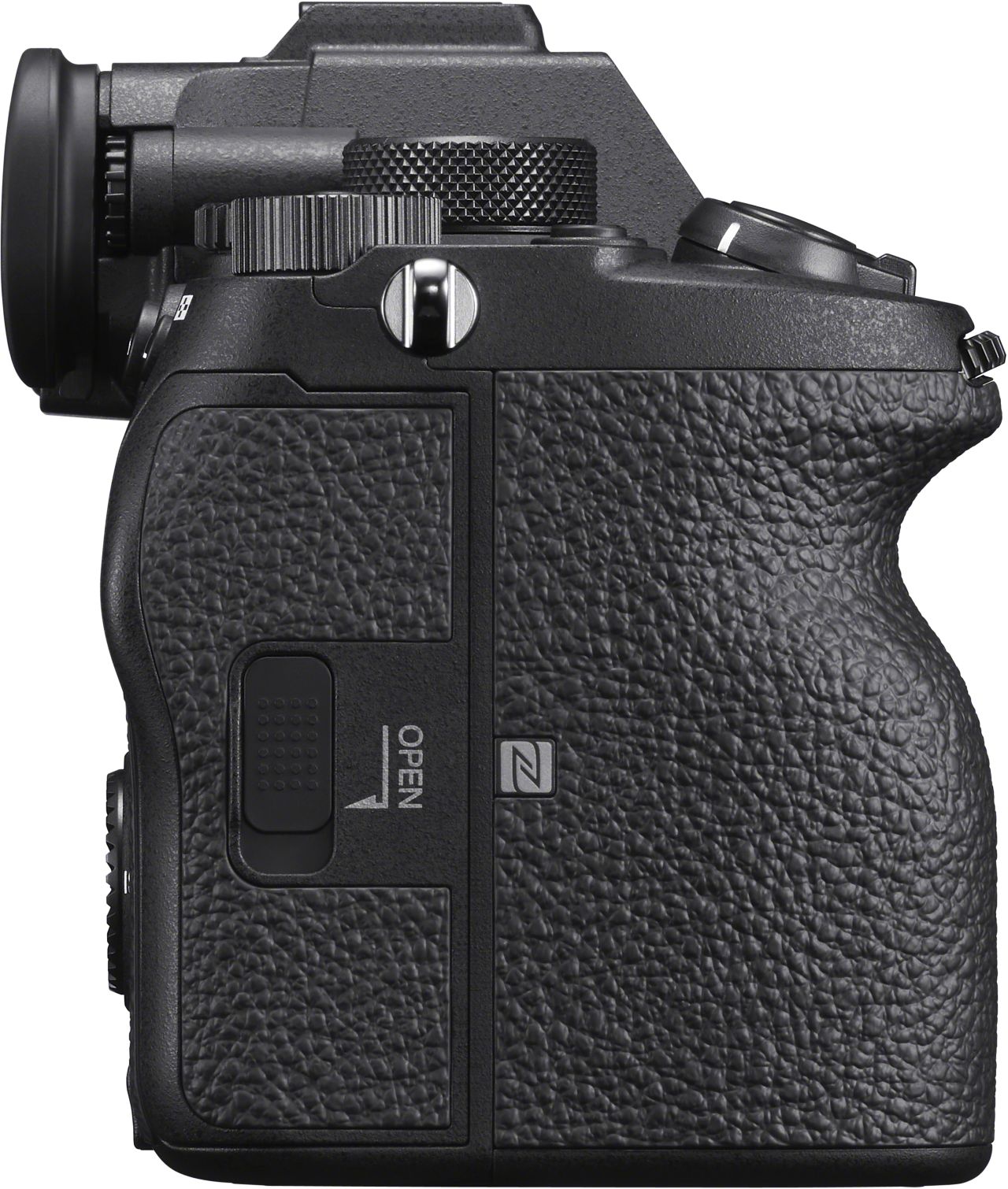



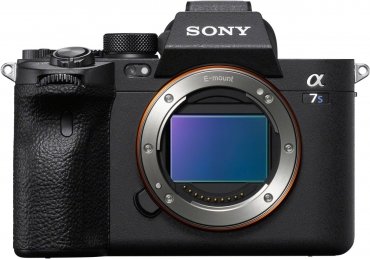
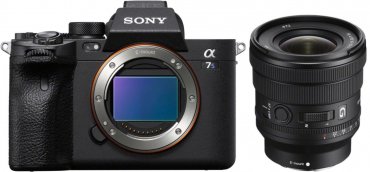
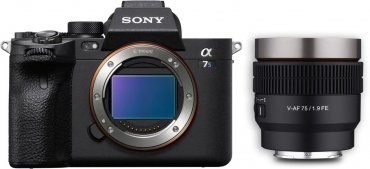


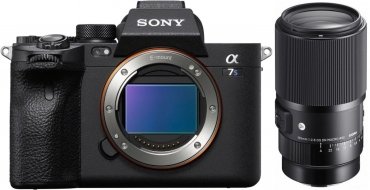
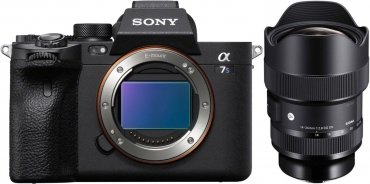
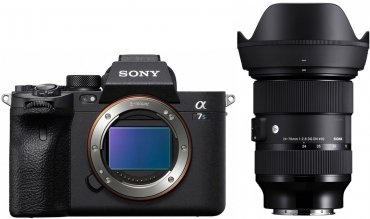
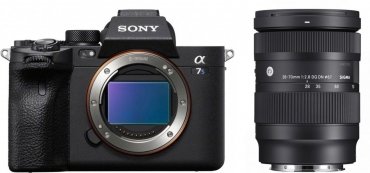
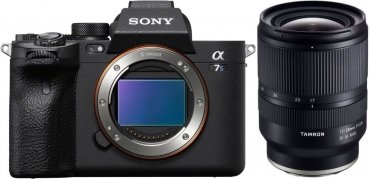
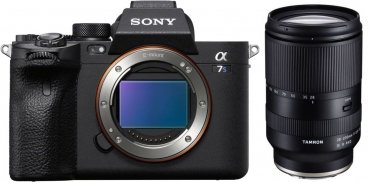
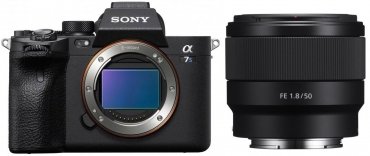
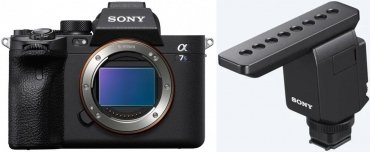

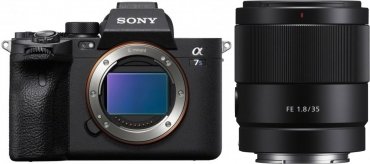
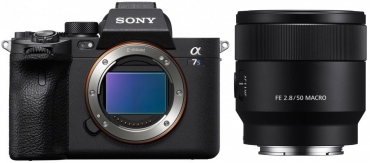

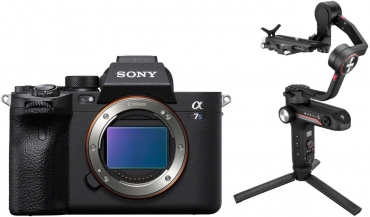
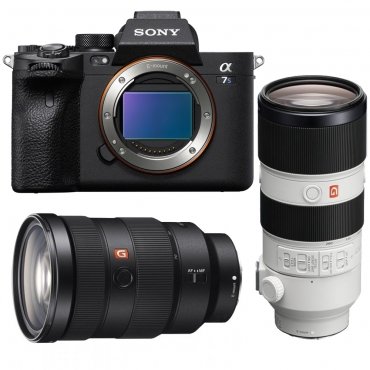
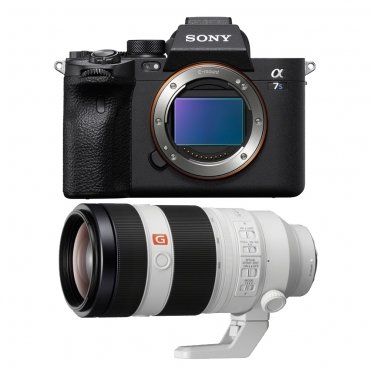
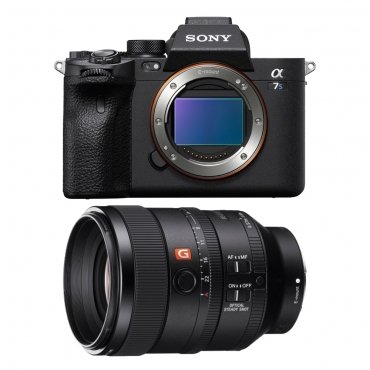
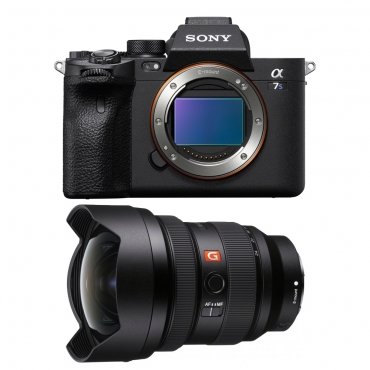
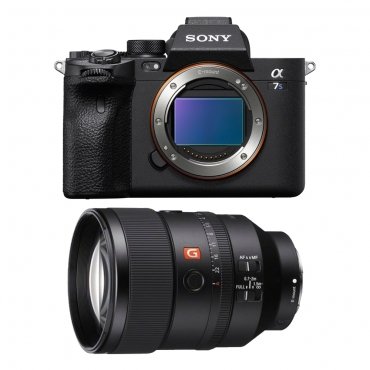

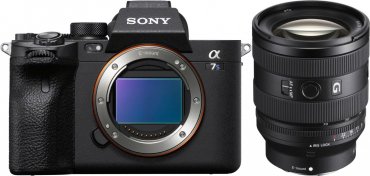
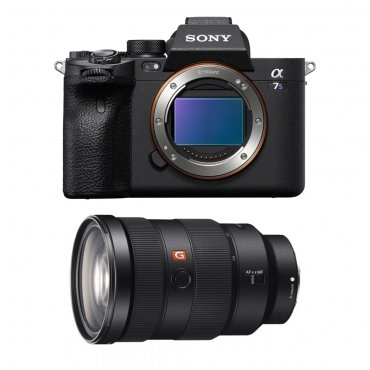
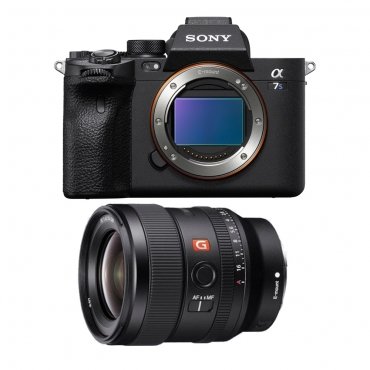
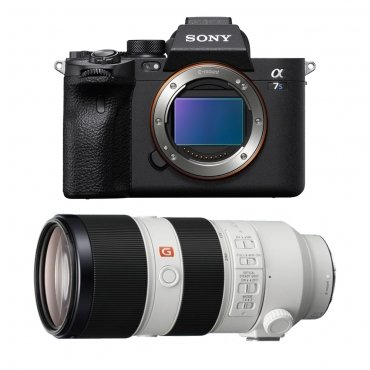
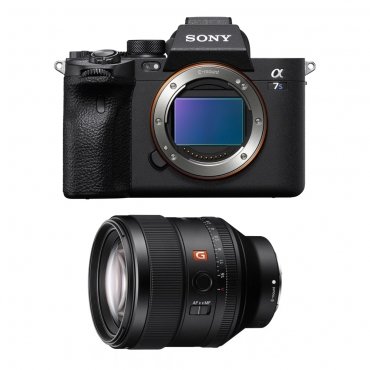
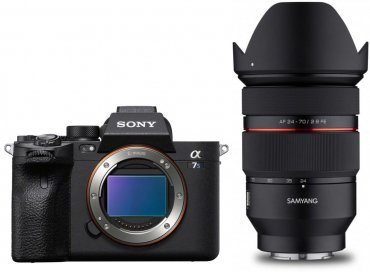
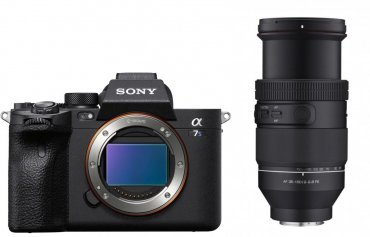
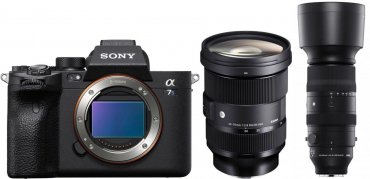

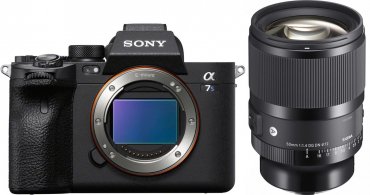
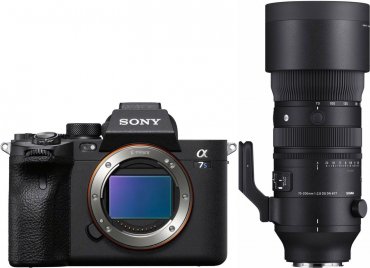

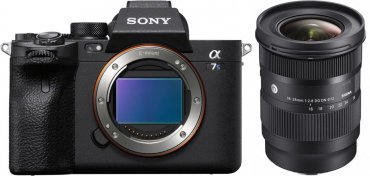
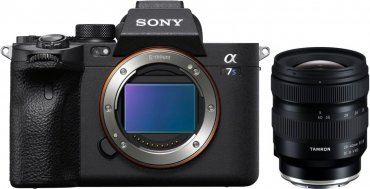

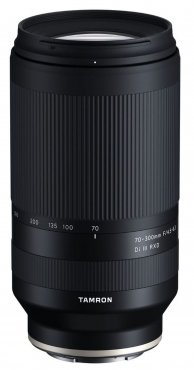

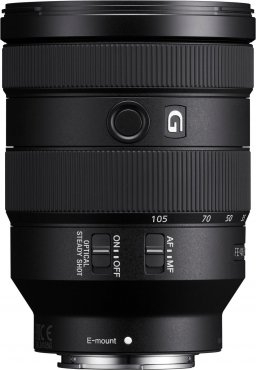

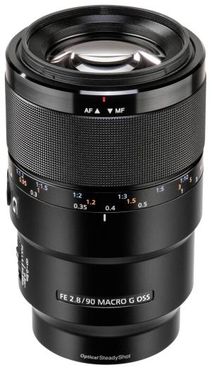
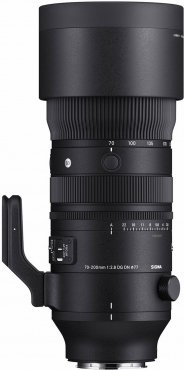
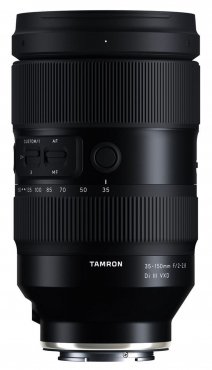
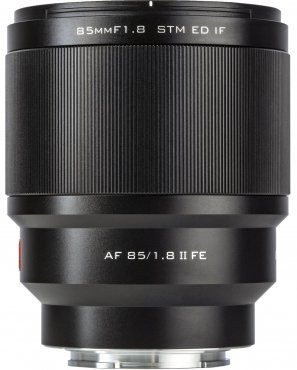
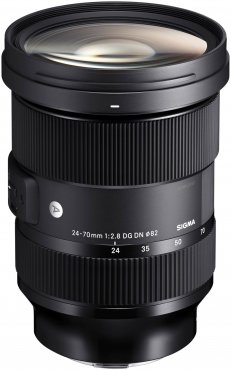
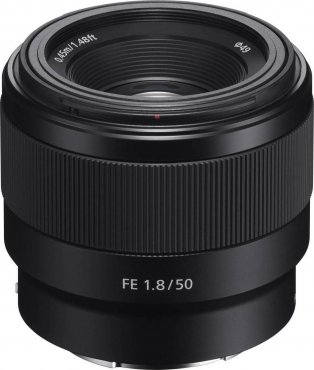
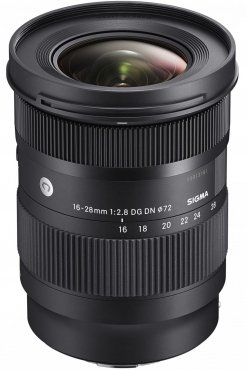
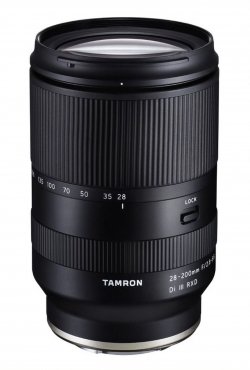
![Sigma 150-600mm f5-6.3 DG DN OS [S] Sony E-mount](https://media.foto-erhardt.de/images/product_images/thumbnail_images/907/sigma-150-600mm-f5-63-dg-dn-os-s-sony-e-mount-162814386990790304.jpg)
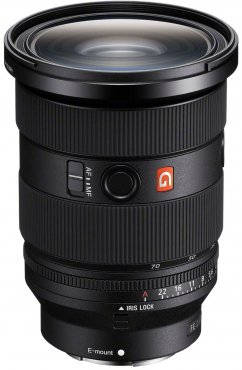

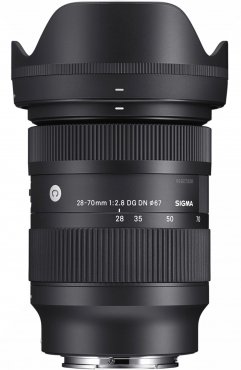
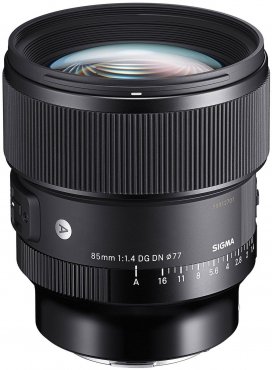
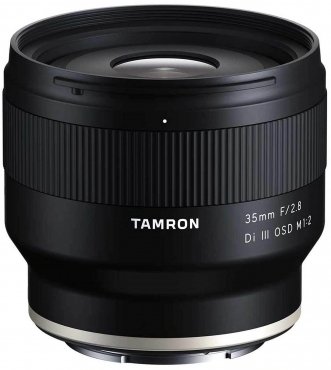

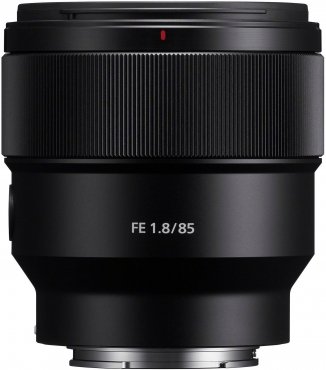

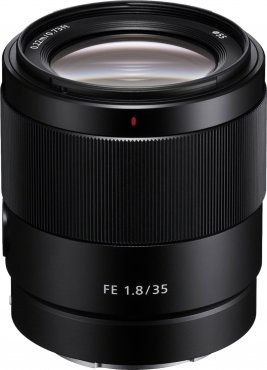
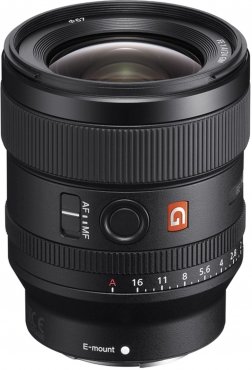
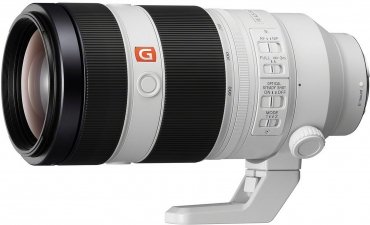
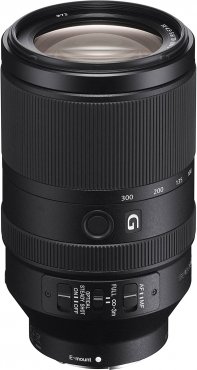
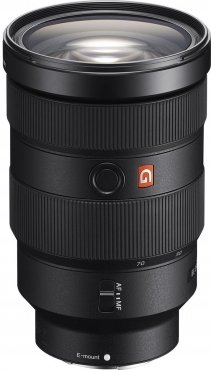
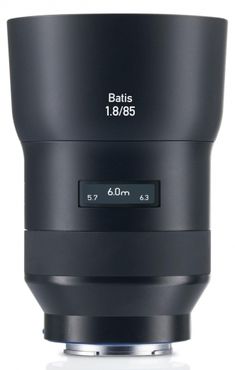
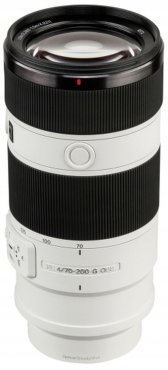
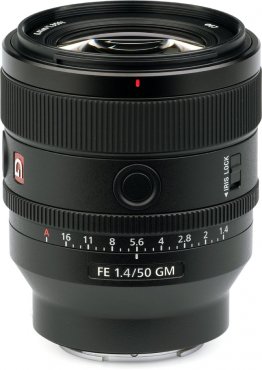
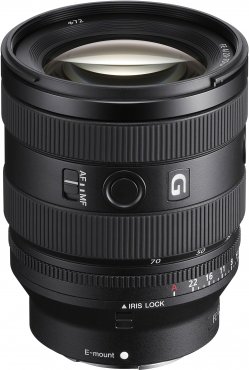
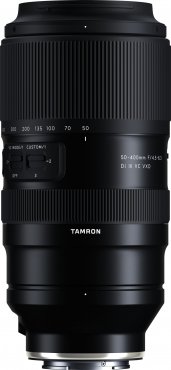

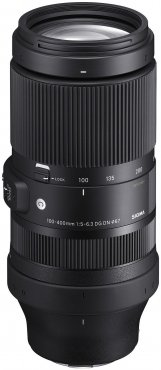
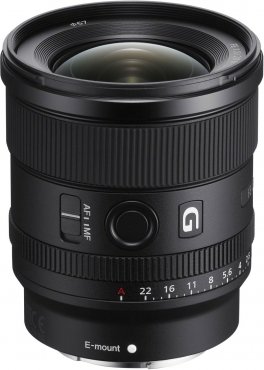
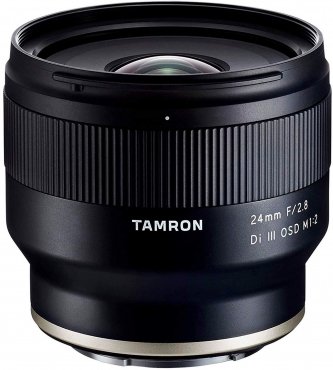

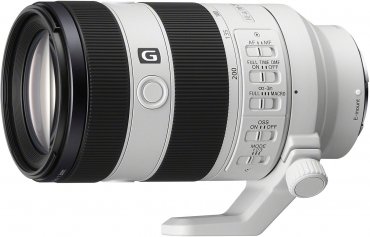
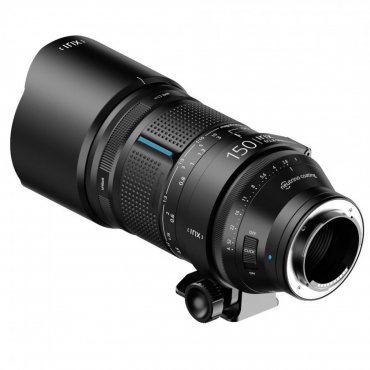

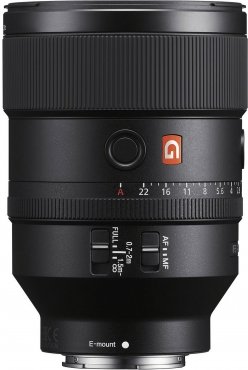
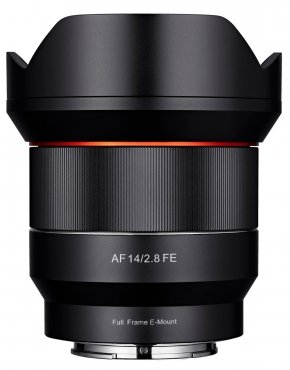
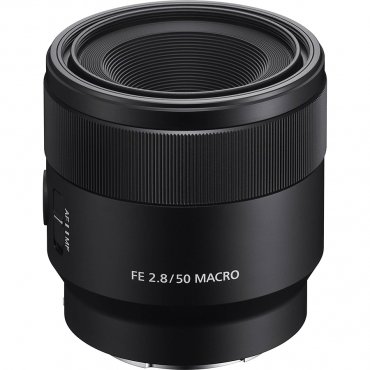
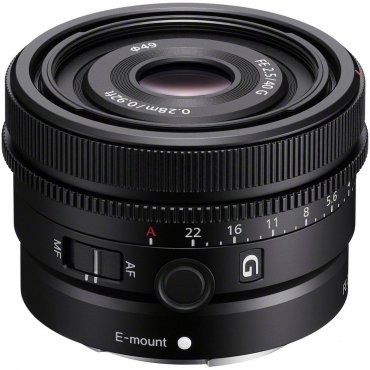
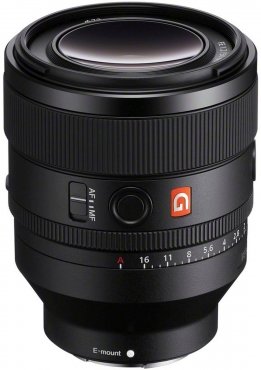
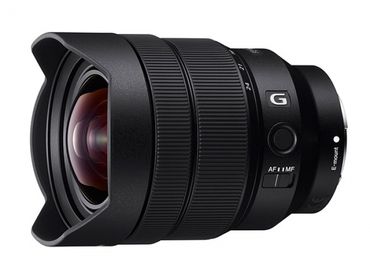

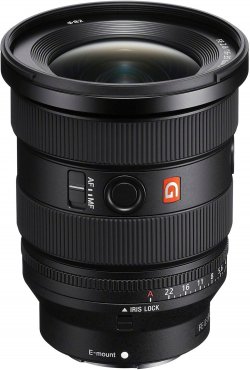
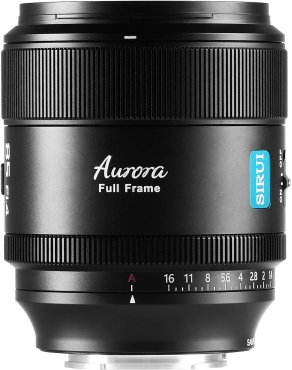
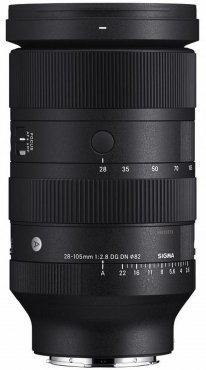
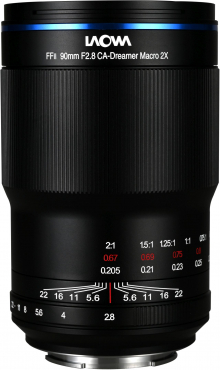


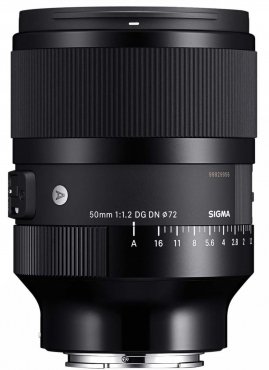
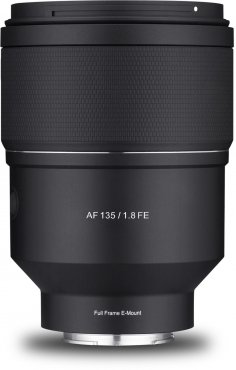

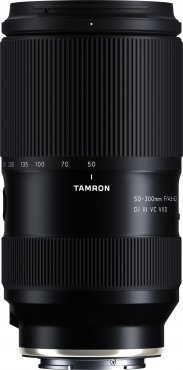
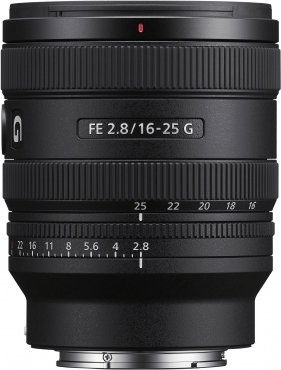
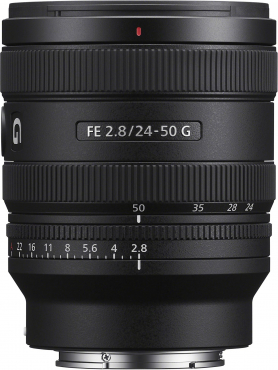
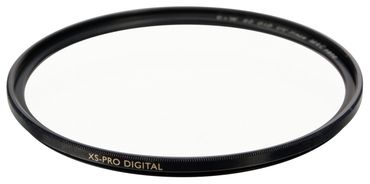

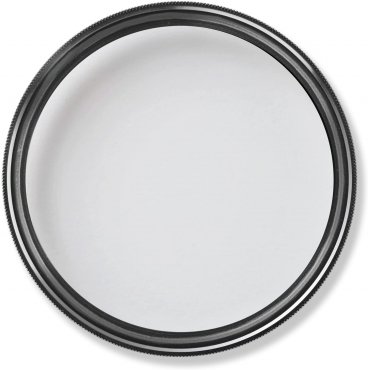
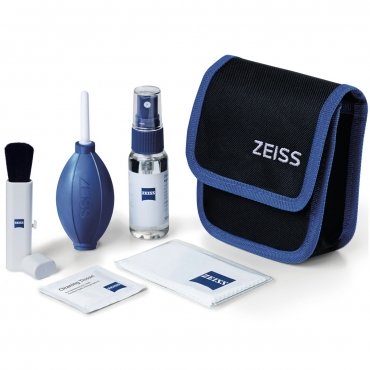
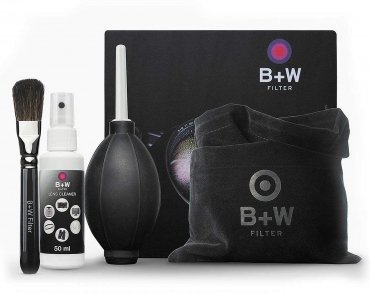
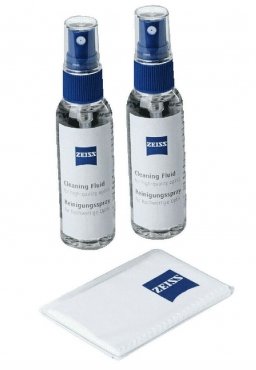
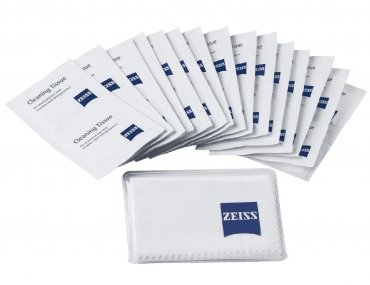
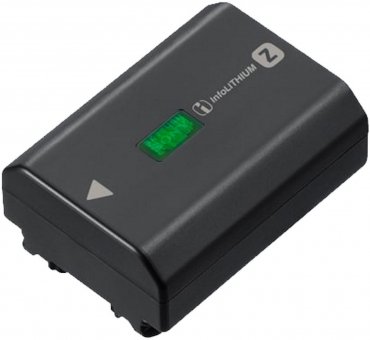
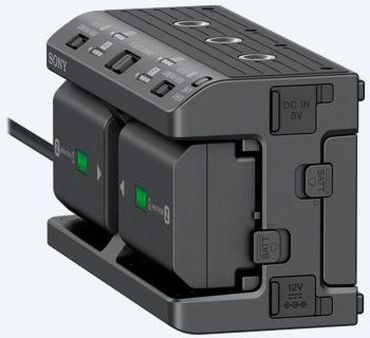
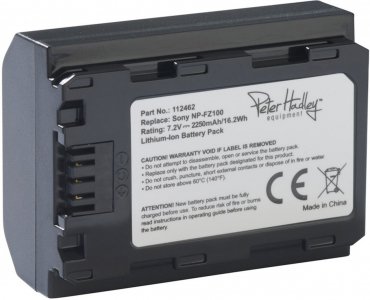
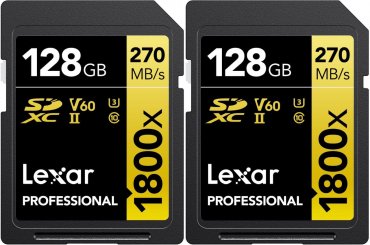
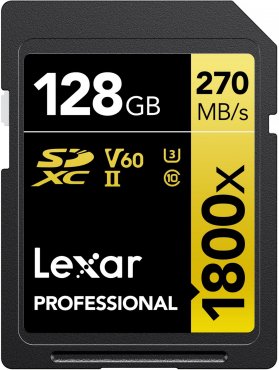
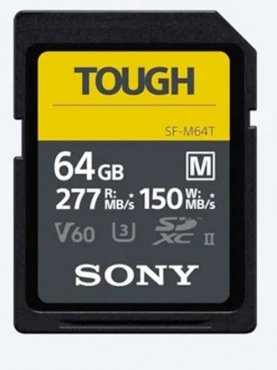

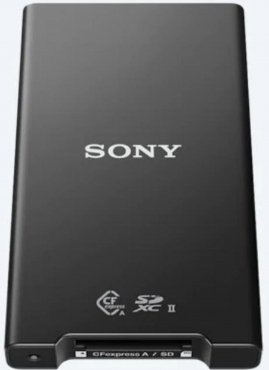
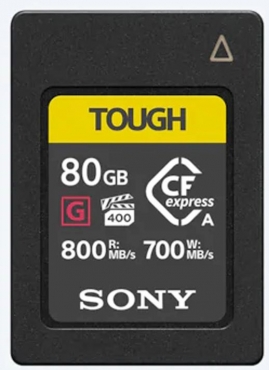
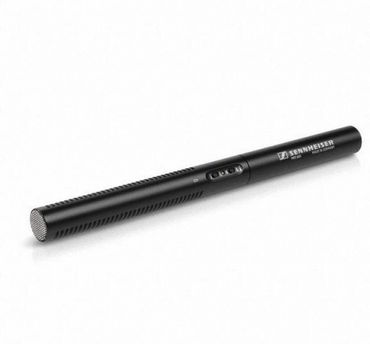

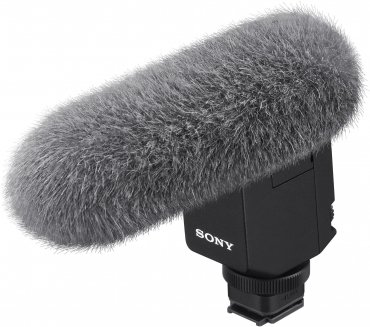
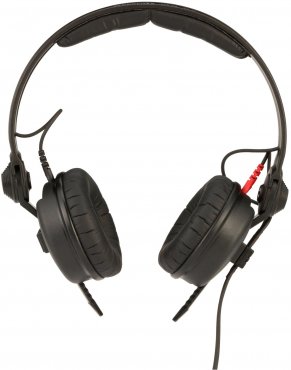
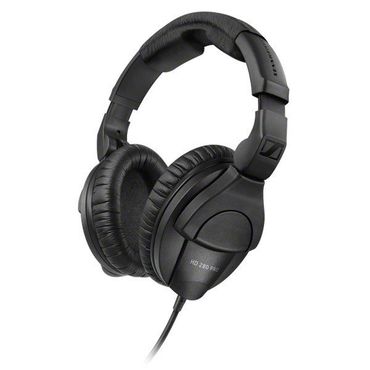

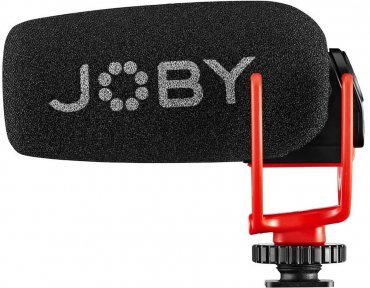
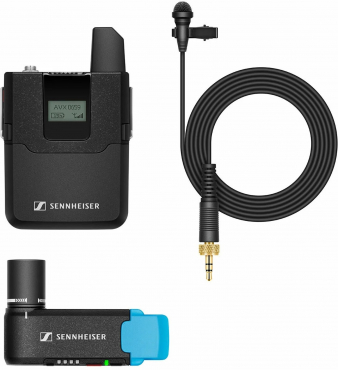
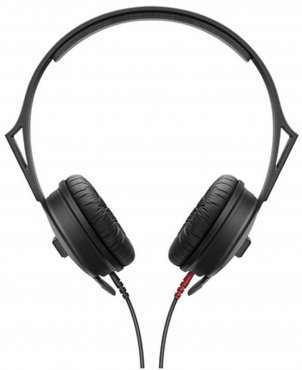
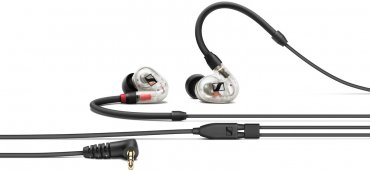

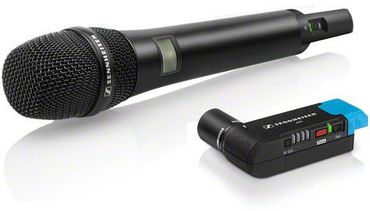
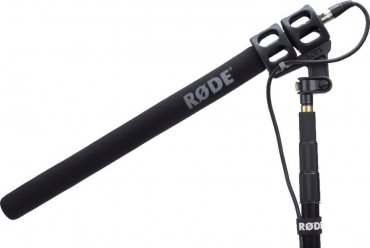

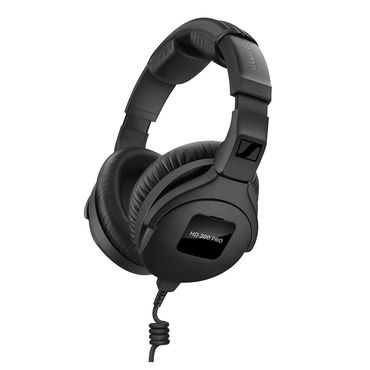
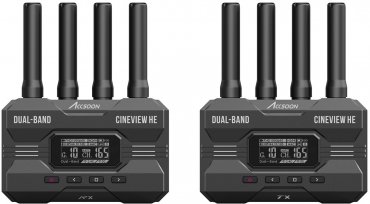




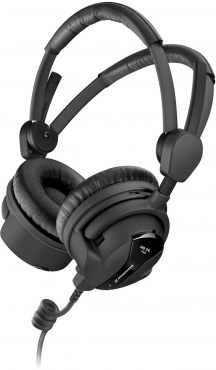

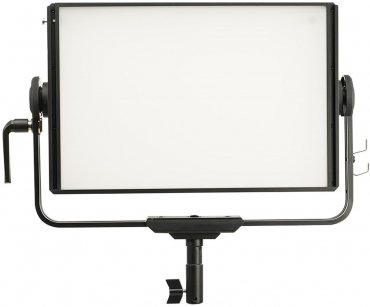
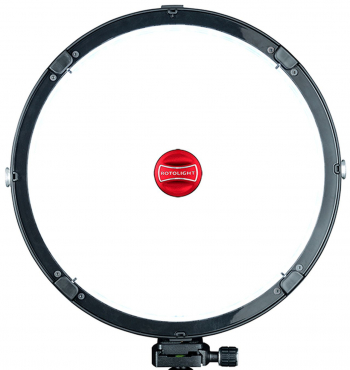
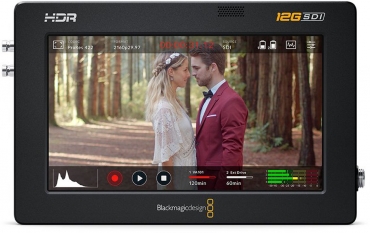
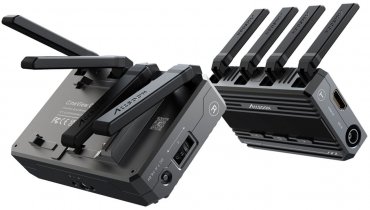
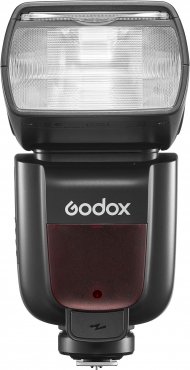
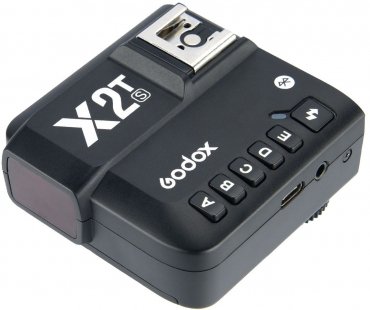
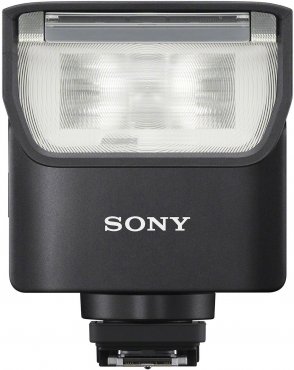
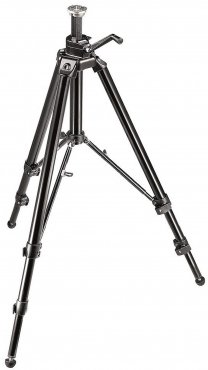
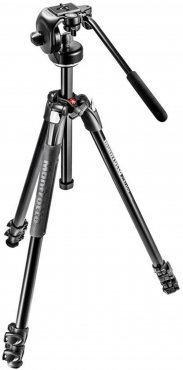

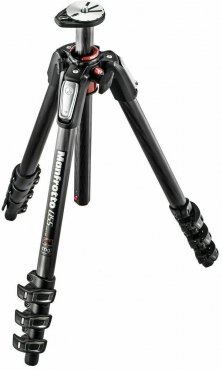

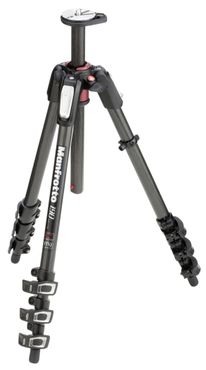

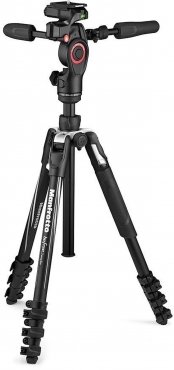

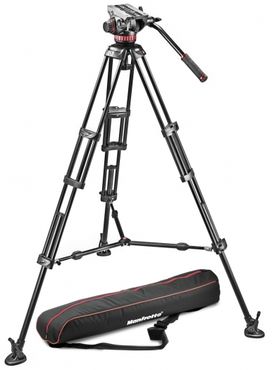
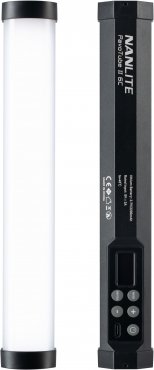
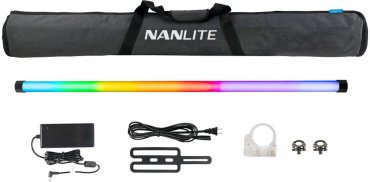

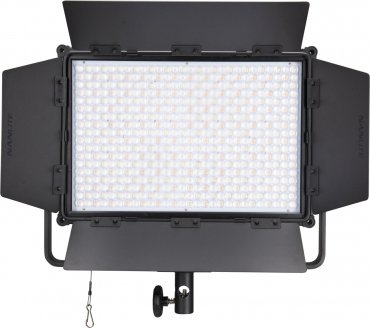
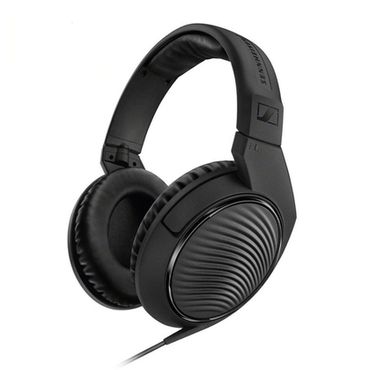
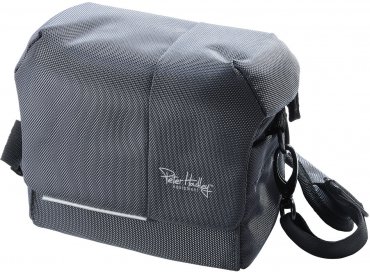

Simply subscribe and benefit as a newsletter recipient every week: